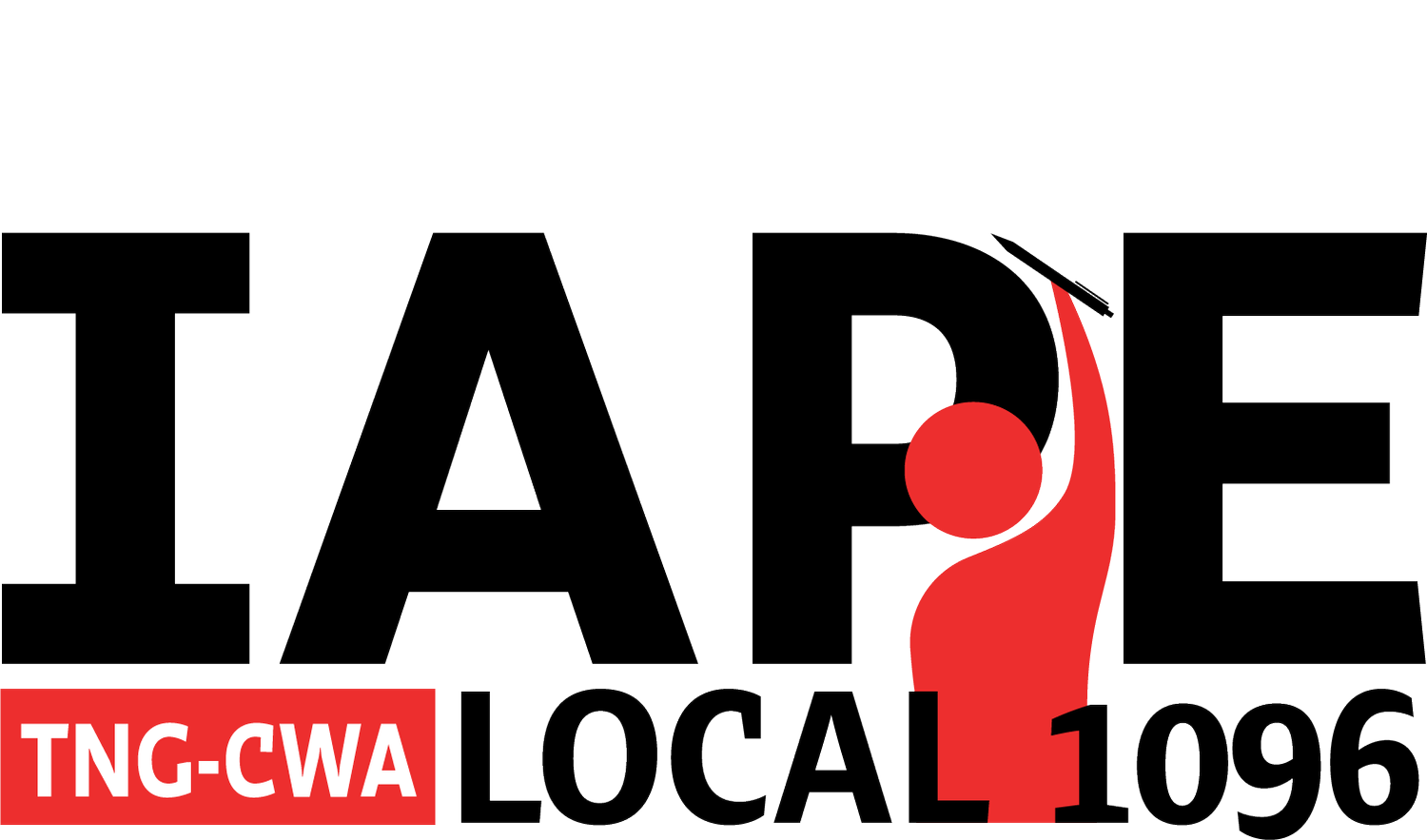Farewell to Bowling Green
/The Wall Street Journal will be printed in Bowling Green, Ohio for the final time on Friday evening. After a 41-year run, the printing presses operated by Dow Jones in this Northwest Ohio college town will be turned off for good.
Citing declining print circulation, Dow Jones representatives first informed IAPE in January of the decision to shutter the Bowling Green plant, which has produced print copies of The Journal and Barron’s for the Ohio and Michigan region since opening in February of 1981.
The production crew in Bowling Green formed a union and joined IAPE in 1997. Staff in the Technical Services department joined the main IAPE bargaining unit in 2001.
In its heyday, the Bowling Green facility printed 120,000 WSJ copies each day. In recent years, that circulation number has dwindled to between 20,000 and 30,000.
Another Dow Jones printing plant in Highland, Ill. will cease operations next month. Existing Bowling Green and Highland printing will be outsourced to regional contractors. A few dozen production and technology jobs will be eliminated between the two plant closures, including one IAPE-represented position in Highland and 13 union jobs in Bowling Green.
Press Operator Roger Pacheco would have celebrated his 38th year as an employee of Dow Jones next month. The company hired him while he attended Bowling Green State University. Now, he’ll spend some time on his farm, with his life partner Chuck Harless and their three dogs and two cats, and consider a career change.
“I think I’ll become a truck driver,” Mr. Pacheco said. “I’ll take my $12,000 retraining allowance and go to school nearby. There’s a high demand for truck drivers.”
Since the layoffs resulting from the Bowling Green and Highland plant shutdowns are considered job losses through outsourcing, IAPE-represented employees at each plant will receive additional severance pay—up to 56 weeks’ worth of pay for most—and enhanced retraining allowances. Members are also entitled to up to twelve months of medical and dental coverage. Many will qualify for subsidized retiree healthcare.
Mr. Pacheco, who also served as a member of the union Board of Directors since 2006, says he views his layoff as “another door opening.”
Colleague Brad Schwamberger will end his Dow Jones career seven months shy of his 30-year anniversary. He has not decided on his future just yet.
“I don’t know what I want to do when I grow up,” Mr. Schwamberger chuckled. “I have an interview at the Detroit papers, but I’m also thinking of starting a horticultural home consulting service.”
Mr. Schwamberger said he will look back fondly on his time as a Dow Jones Press Operator. “We’ve always done good quality work and people are proud of their work. It’s sad that the company made the decision to close.”
IAPE and Dow Jones concluded negotiations for a new two-year contract for the Bowling Green members in October of last year. The two parties signed a final contract document in December.
When the Highland location closes its doors next month, Dow Jones will be left with owned-and-operated printing plants in Chicopee, Mass.; White Oak, Md.; LaGrange, Ga. and Federal Way, Wash. It is a far cry from just two decades ago when The Journal, Barron’s and other publications were printed from Dow Jones presses in 17 locations across the United States.
From Princeton to Palo Alto, Dow Jones has looked to cut production costs by shifting to contract printing wherever it can. In May of last year, News Corp closed its facility in the Bronx and moved WSJ printing to a New York Times plant in Queens.
In an email message to Dow Jones staff, CEO Almar Latour said of the Bronx plant closure, “By moving our printing from the Bronx Print Plant to a different facility in the city, we will be able to bring down our costs, which ultimately means that we are extending our commitment to producing print products.”

